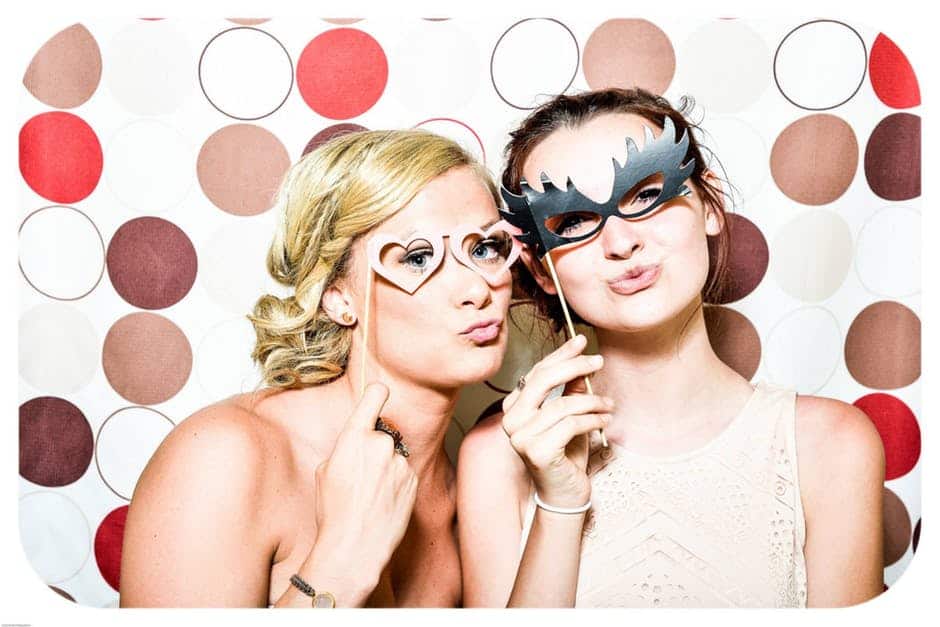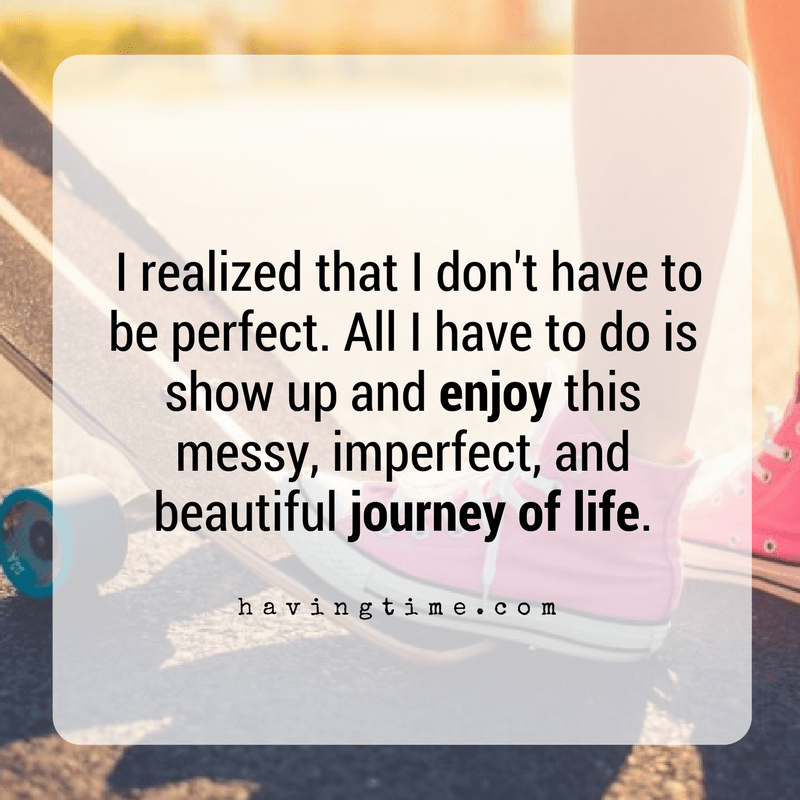
When I was in grad school, our acting instructor had us do an exercise in character work. We were to study something else in the class for a week, perfect their mannerisms and personality traits, the timbre of their voice, the rhythm of their speaking and bring it in for an improv exercise. It seemed pretty harmless until I saw my classmate portray me, and suddenly I got a view into what other people see and it wasn’t the real me.
My “mask” was running the show in my life, and the authentic self behind it was getting lost in translation. That painful moment turned into an opportunity for me.
It wasn’t the first time I had seen the self that was mirrored back to me. I saw her in the mirror every morning. Tough, a little cold, aloof, distracted, distracting, sarcastic, uncommitted, untouchable, judgmental. She smoked, she drank a lot, she wore a lot of leather. She was too cool for school.
She was manufactured, as most masks are, to keep me at a safe distance from rejection, to keep myself elevated in status and to keep me feeling attractive. Ironically, it kept me at a distance from the connection, from accessing my internal personal power and from… actually being or feeling attractive.
The truest self underneath was someone who was deeply sensitive, creative, who feared her own power, felt inferior, who didn’t feel cool or attractive, who was dying for connection and who was deeply loving, who cared SO much about being accepted and loved, who was questioning her talent and saw her talent as the only thing that was truly special about her.
The vulnerable self underneath the mask was dying to be seen but the mask wasn’t letting her out, and she didn’t have the tools to break free.
There has been a lot of healing, a lot of growth and I feel so much closer to the authentic self on any given day but I still wear a lot of masks, on social media and in my everyday life. I continue to work on dropping them because I know it fosters more connection, more honesty from others and a fuller life experience.
Drop the Mask: How to Reconnect With Your Authentic Self
In listening to a podcast about death and dying, a death expert and hospice care nurse shared that when people are in the process of dying when they are on the death beds, she sees the masks drop in the most beautiful way. She could see people being 100% real because they didn’t have the energy for pretense anymore. Suddenly, what really mattered to them became very clear. No one was on their cell phone on their deathbeds checking twitter. All people wanted was a connection. They wanted the people they loved to be around them. Most of the regrets she witnesses centered around lack of expression (things that have gone unsaid to the people they love) because of conflict or fear.

Brene Brown also speaks of this in her remarkable book, Daring Greatly: How the Courage to Be Vulnerable Transforms the Way We Live, Love, Parent, and Lead. She describes the best places to see masks displayed are in a middle school cafeteria. At that point, they are clunky armor that doesn’t quite fit, so they are super obvious. But over time, the protective armor turns into a second skin and soon it is hard for anyone (including ourselves) to decipher what is real and true, and what is a protective shell.
Our mask is a result of our conditioning, past pain, and defense mechanisms, and they can vary drastically from person to person.
Our mask can be that of someone sweet and kind (when inside there is so much more waiting to be expressed). It can be an over-giver or martyr. It can be a victim, It can be a siren. It can be a bad boy. It can be a super zen, nothing gets to me yoga type. It can be a chaste, pure virgin mask.
A mask is really any protective shield we wear habitually because we are scared of who we really are underneath it or what will happen if that self is fully expressed. Ultimately, it is because we fear the complexity and vastness of who we are (and all the light and dark) that lives within.
It is composed of the material of what we learned makes us either special and unique or what protects us from pain and we learn these things very early on as we form an identity. As we teach the world how to treat us, people are responding to the mask instead of the authentic self.
If we are teaching people we are an over-giver, for example, we will attract people who naturally over-step boundaries and exploit generosity.
If we are teaching people we are predominately a hyper sexual siren, we will attract people who are interested in that part of our sexuality first and foremost.
If we are teaching people we are a type A perfectionist, we will attract people who are interested in our supposed perfection and who want to exploit that.

I have a friend who was convinced her larger than life personality was what made her special. She even had a Sasha Fierce like pseudo-name for it as if it was an alternate self, but it was the mask she wore regularly. She dressed it with low cut tops and wore loud lipstick every day. Of course, there isn’t ANYTHING wrong with loud lipstick and low cut tops if it is an actual representation of who we are that day or how we want to feel, but when we feel like we need it to be seen or to feel safe, then it becomes a crutch.
The mask attracted people who were interested in her entertaining them, interested in exploiting her and who were looking for a romping good time. While that was totally fine in one sense, it left her other needs and desires for deep connection overlooked. It left her in romantic relationships that made her feel zipped and yearning.

Our masks are there to protect our most vulnerable self from being seen, but it actually prevents our truest self from being expressed, and it leaves us living in a studio apartment within ourselves when we are actually a mansion.
How can we identify the masks that we might be wearing and start to let the authentic self see the light of day?
Here are some questions to get started:
- How do you relate to the world habitually and on a daily basis that leaves you feeling inauthentic? What is the impact it has in your life?
2. Who do you feel you have to be for people in your closest relationships?
3. What part of yourself do you deem as “bad” or “wrong” and try not to let see the light of day? When and from whom did you learn they were “bad”?
4. What self do you feel you have to keep at bay and manage?
5. What attributes do you STRONGLY identify with and make sure people know are a big part of who you are? What do you feel you have to hold together?
Awareness is the first step and greatest agent for change.
Ultimately, it takes courage the more vulnerable, tender, and real self beto seen. I practice it through my writing because that is the easiest channel for me, and it is definitely a work in progress to let go of the mask, but one that feels a whole lot more liberating.


